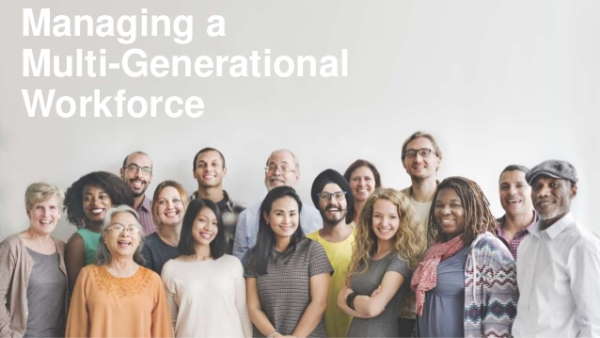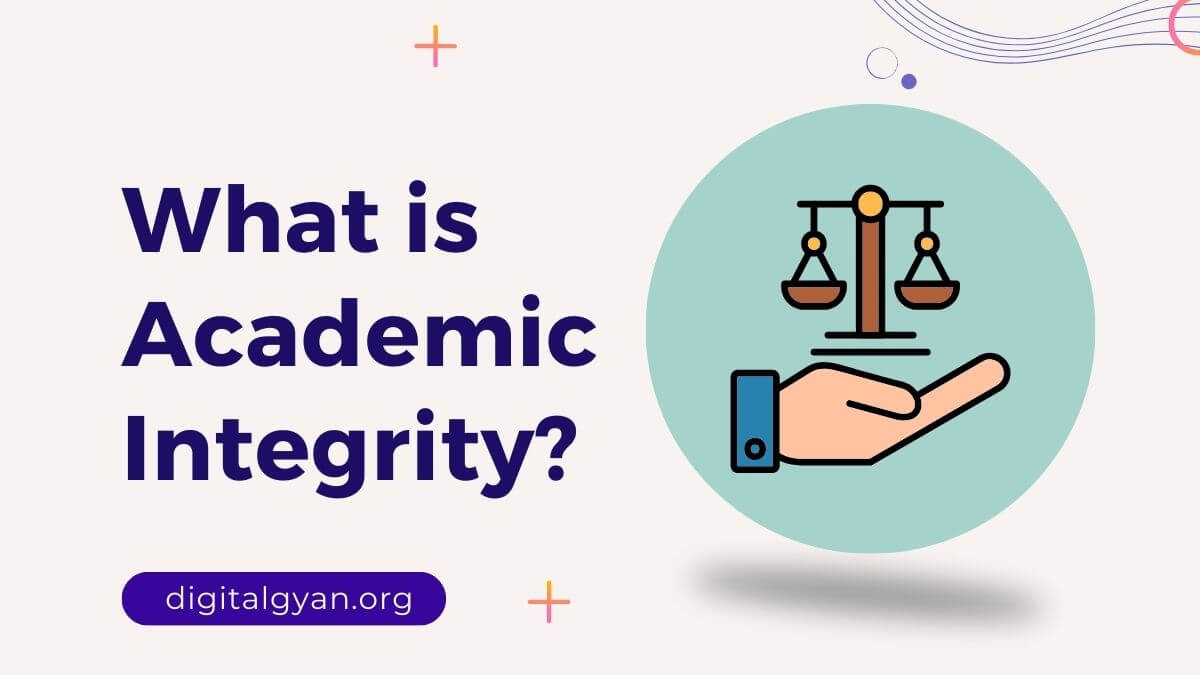How to Grow in a Multi-Generational Workplace
Multi-Generational Workplace
The workforce of today is quite varied in terms of age. For the first time in history, the workplace is represented by five generations, each with its own values, beliefs, and motives.
What problems does this provide for today’s employers, though? What impact do generational workforce disparities have on our capacity to work with and manage people effectively? What characteristics, attitudes, and life experiences distinguish each generation, impacting how people work, communicate, and react to change?
It’s critical to understand what inspires others around you in the workplace, whether you’re a leader, manager, team member, or volunteer.
It’s important to note that these essential traits aren’t meant to categorise people based on their generational group. Instead, they promote an understanding of generational disparities to help leaders and teams communicate and engage more successfully.
Finally, getting to know each team member personally will provide you with greater insight into how to bring out the best in them.

How do you accommodate all generations in the workplace?
You can get the most out of generational diversity in the workplace by following a few best practices and anticipating any possible issues before they arise. Here’s what you can do about it.
1) Make adjustments to your recruitment methods.
You must be able to attract employees from different generations if you wish to profit from generational diversity. Use age-discriminatory formulas with caution in your employment advertising.
Instead, tailor your message to appeal to a wide range of prospects. Mentions of your company’s industry awards or other accomplishments may elicit a favourable response from Baby Boomers, whereas Millennials are more concerned with personal development possibilities and social responsibility.
Make sure to post your job openings on various platforms, depending on how readily you can reach out to potential candidates. Consider reaching out to Baby Boomers through your professional network or recommendations and Generation Z through interactive internet marketing.
2) Avoid stereotypes and assumptions based on age.
Stereotypes are the worst, and whether they are accurate or not, they don’t help anyone. Avoid making assumptions or stereotyping based on age to get the most out of your multi-generational team. Instead, have a conversation with each of your staff to learn about their unique preferences and working methods.
One frequent misconception is that older adults are uncomfortable with technology. According to a recent poll, adults over 55 are less likely than their younger counterparts to find utilising technology in the job unpleasant.
3) Find out what your employees desire by listening to them.
Rather than making assumptions about the requirements of employees based on their age, take the time to listen to each one and find out what they want. This will boost employee engagement by improving communication and allowing you to work together more efficiently.
4) Make your strategy unique to each employee.
Each employee is a distinct individual with distinct preferences, objectives, talents, weaknesses, and communication styles. Rather than generalising and treating everyone the same, each employee should be treated individually.
Improved working connections and happier workers will result from customising your approach and adjusting your style to each individual.

5) Use a variety of communication methods.
Millennials prefer to connect digitally through instant messaging and texting, whereas Boomers prefer phone calls. In addition, the two younger generations are more likely to enjoy working together.
6) Refine your feedback delivery tactics.
Employees from Generation X prefer to be left alone, whereas Generation Z prefers rapid, bite-sized feedback on their performance. In addition to adopting various communication methods, you should enhance your feedback delivery strategies and tailor them to the preferences of your employees.
Assemble age-diverse project teams.
You may exploit the distinct capabilities of each generation while also encouraging team members to collaborate and create connections with one another by forming age-diverse project teams. Despite probable differences of opinion or disputes, 89 per cent of Australian employees want to work alongside people of different ages.
7) Make staff retention a priority.
Employee turnover is costly, detrimental to morale, and frequently burdens a company’s day-to-day operations until a successor is found. You can address some of the pain factors that lead employees to leave by establishing an effective employee retention program.
Fostering cooperation, increasing communication, and establishing a mentoring program are some of the most effective ways to keep talent despite the intergenerational conflict.
What are the 5 generations in the workplace?
When it comes to recruiting, hiring, onboarding, and managing new workers, there is a lot of discussion regarding the significance of generational experience and what expectations are. That is comprehensible at a time when there are as many as five generations in the workplace for the first time in history.
At the moment, there are five generations in the workplace:
- Traditionalists – born 1927–to-1946
- Baby Boomers – born 1947-to-1964
- Generation X – born 1965-to-1980
- Millennials – born 1981-to-2000
- Generation Z – born 2001-to-2020
Between the birth of the first traditionalists and the birth of Gen Z, there has been so much technological advancement that it has resulted in two completely distinct life experiences. A computer at each workstation was not usual when Baby Boomers started working, but Millennials and Gen Z have never known a world without one.
As a result, different expectations emerge regarding the employee experience and what it takes to keep each employee. The picture changes even more when you throw in a pandemic, as each generation deals with this life-changing period differently.

